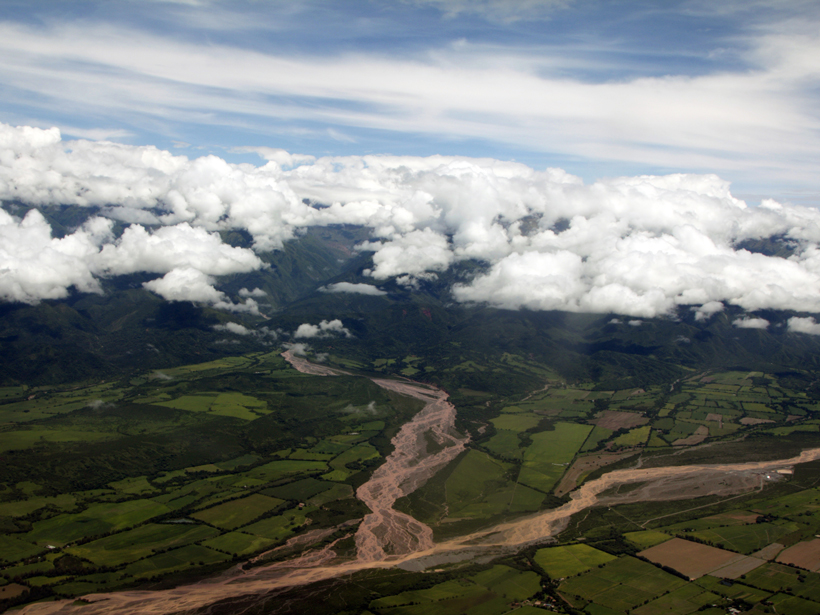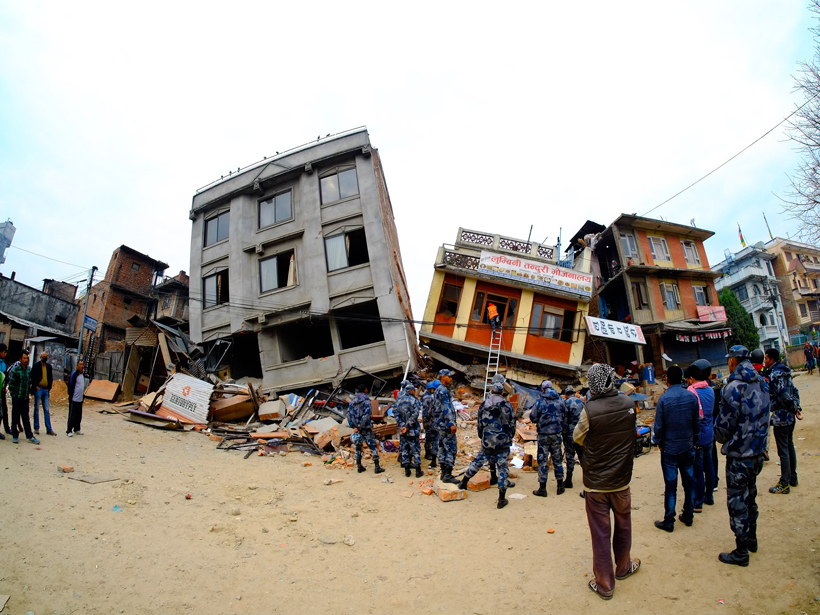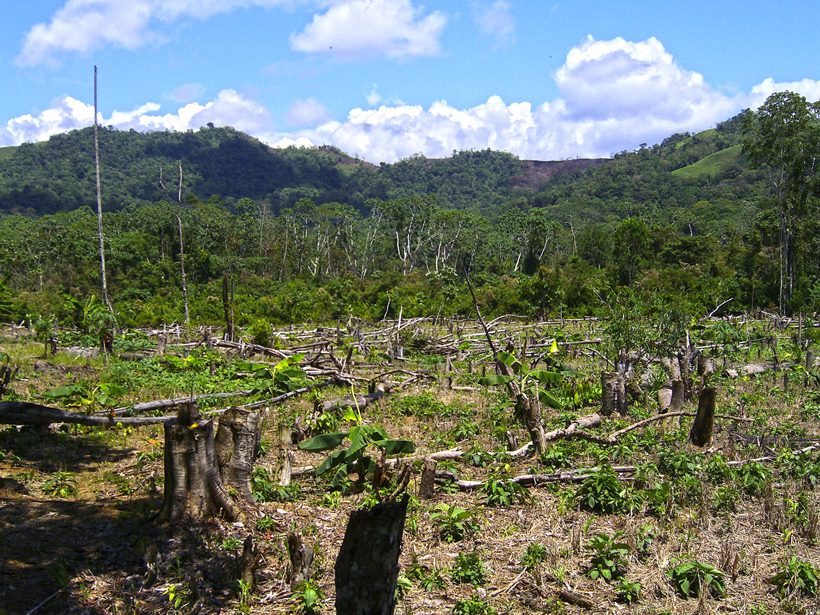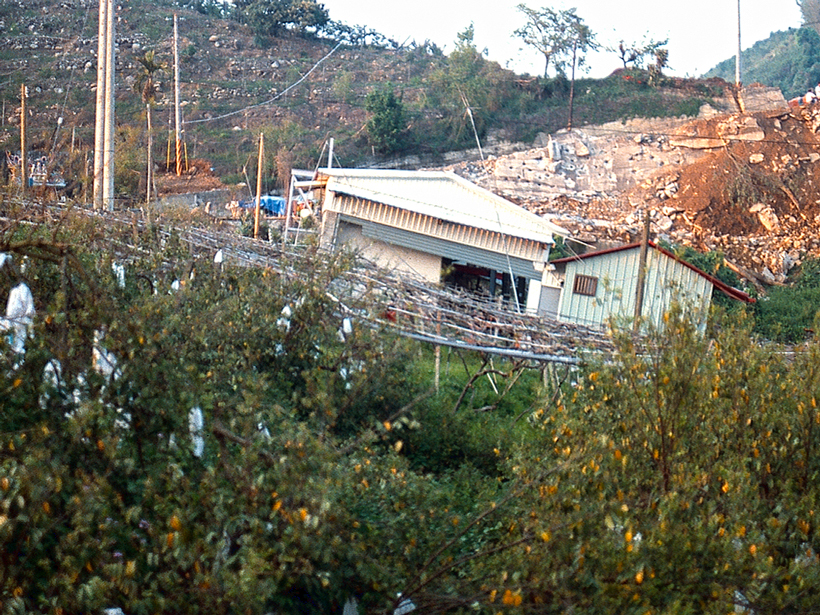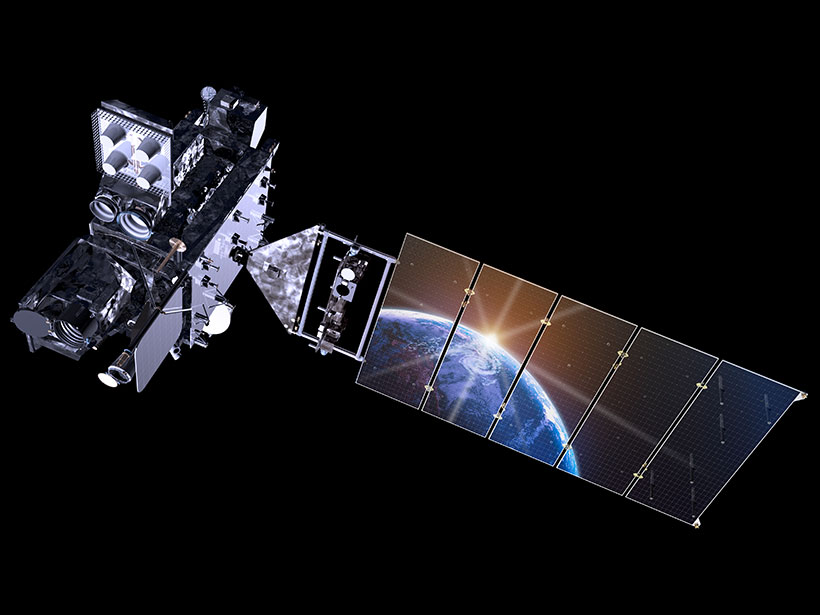A study of extreme weather in South America shows seasonal and spatial patterns, which, if better understood, could help save lives and minimize damage to property.
Hazards & Disasters
Reducing Earthquake Risk in Nepal
What specific approaches work well to protect people from earthquake hazards in Nepal? Hazard mitigation expert Brian Tucker shares his insight.
What Can We Learn About Disaster Preparedness from Nepal's Quake?
In an interview with Eos, hazard mitigation expert Brian Tucker gives his views on disaster preparedness in the wake of the recent earthquake in Nepal.
Could Amazonian Deforestation Increase Cloudiness and Rain?
In trading trees for pastures, patchwork differences in vegetation heights increase cloudiness in downwind regions.
Surface Folds Hint at Magnitude of Slip Along Thrust Faults
The shape of deformed sediments at the surface may allow researchers to estimate the cumulative slip along thrust faults such as the Chelungpu fault in Taiwan.
Ozone Hole to Remain Large During Cold Years
Despite the Montreal Protocol's success, it will take years of observations to be sure that regulations are allowing the ozone hole to recover.
Scientists Hope to Learn Lessons from Nepal Earthquake
The 25 April earthquake in Nepal has caused thousands of fatalities. Scientists hope it can lead to a better understanding of the region's seismicity and better earthquake resilience.
Initiative Aims to End Routine Flaring of Natural Gas
A new initiative to curtail the wasteful burning of natural gas associated with oil production could lead to significant environmental and public health benefits.
Finding Debris Clouds Around Asteroids Headed Our Way
Small spikes in the solar system's magnetic field may help scientists detect overlooked and possibly dangerous debris clouds around near-Earth asteroids.
Do All These Weather Satellites Really Improve Forecasts?
A team of researchers put an array of space- and ground-based weather instruments to the test and found that the common weather balloon is irreplaceable for forecasting rainfall.

